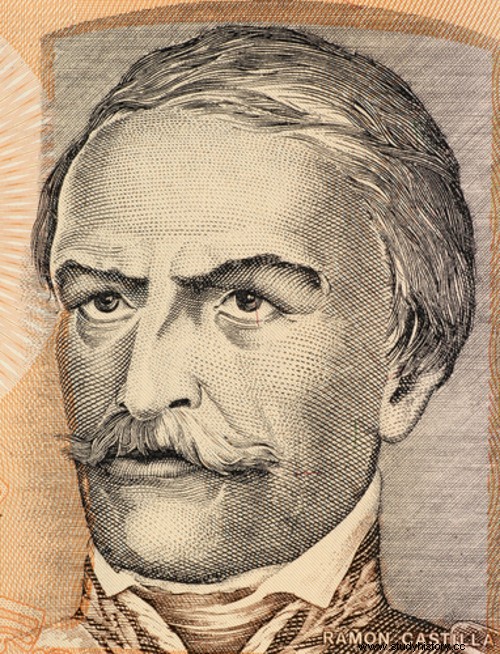
By Me. Cláudio Fernandes
As in the so-called Republic of Oligarchs (1894-1930), in Brazil, there was the figure of the “colonel”, that is, the local political authority with an authoritarian profile. and paternalistic, in other Latin American countries, from the first decades of the 19th century to the beginning of the 20th century, the figure of the “caudilho” prevailed. The difference in relation to the Brazilian reality was that the caudillo appeared in the context of the independence processes of Latin American nations, which, for the most part, unlike Brazil, did not assume the character of an empire. In Brazil, the figure of the “colonel” was associated with the advent of the Republic from 1889 onwards.
Thus, after the wars for independence, such as those waged by Simon Bolívar and other Latin American leaders, caudilhismo appeared as a political model that succeeded the old colonial administration. With the successes of these wars, many soldiers later began to assume the political-administrative structure of the liberated regions, since, in this context, the newly created Latin American nations did not yet have the political maturity to support representative democratic regimes. Among these leaders were personalities such as Martin Miguel de Guemes, a soldier who served as a warlord in Argentina, Ramon Castilla, from Peru, Carlos Antonio Lopez, from Paraguay, and Antonio Guzmán Blanco, from Venezuela.
Another factor that contributed to the spread of caudillismo, besides the political vacuum after the wars, was the decline of the economy. The demand for reorganization of the economic structure in Latin America also favored the figure of the caudillo, given that he was able to exercise strong regional control and establish guidelines for economic production among those who were subject to him.

Ramon Castilla, caudillo of Paraguay *
The political thought of caudillismo was not firmly ideological and organized, so that each caudillo assumed more authoritarian and repressive tendencies or more liberal and progressive, as was the case with Antonio Guzmán Blanco.
Caudillismo only went into decline in the first decades of the 20th century, when phenomena such as industrialization and the migration of European populations to Latin America became evident, which required a reformulation of the political model adopted until then that sought to weaken regional powers and institute a centralized state structure. The problem was that this political reformulation unleashed Latin American authoritarian regimes, as was the case, for example, of Getúlio Vargas' Estado Novo in Brazil.
* Image credits:Shutterstock and Georgios Kollidas
